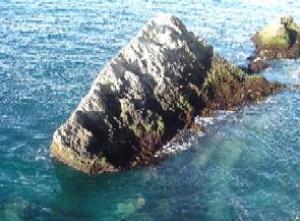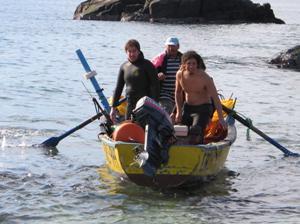Carlos Gaymer
This project aims designing a network of discrete conservation sites within a recently declared multiple uses coastal marine protected area (muCMPA) in the Atacama Region, northern Chile.

This project aims designing a network of discrete conservation sites within a recently declared multiple uses coastal marine protected area (muCMPA) in the Atacama Region, northern Chile. For the first time in the Southeast Pacific we will use a cutting-edge algorithm-based methodology to minimize area and perimeter costs. Previous attempts for marine conservation in this region have been based on experts’ criteria.

The ~30 km long area has numerous productive intertidal and subtidal ecosystems, including islands and wetlands which are characteristic of the Transition-Temperate Region in the Humbolt-current system. Several emblematic (e.g. bottle-nose dolphin, Humboldt penguin) and endemic (e.g. Yunco duck) species found in this area are endangered. On the other hand, several species which play a key role in structuring communities (e.g. kelps, red sea urchin, loco, several rock fish) are threatened by “artisanal” fisheries (mainly done by hooka diving within the first 20 m of depth), which in turn have modified ecosystem organisation and the subtidal landscape. As several traditional fishermen communities depend on these resources, conservation not only will have a strong impact on ecosystems recovery, but also on the local economy.
The project will gather available information and generate new data on benthic habitats (until ~25 m in depth) and emblematic and key species structuring ecosystems. It will further identify and classify the most relevant shallow benthic communities and will use a mathematical reserve selection program to establish nucleus reserves. Some potential impacts of the project are restoration of benthic ecosystems, recovery of overexploited populations, conservation of genetic diversity and supplying propagules for adjacent areas. The methodology may be exported to design new MPA along the Chilean coast and the Southeast Pacific coast. The results will allow us to establish conservation criteria for the most relevant shallow benthic communities found along the Humboldt-current system.
Finally, the diffusion of results from this project will contribute to education by creating public awareness of the importance of marine conservation.